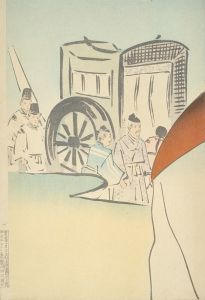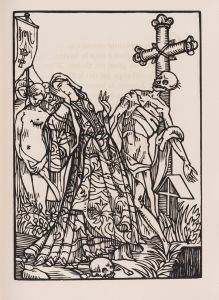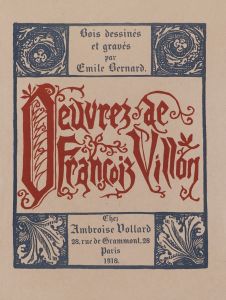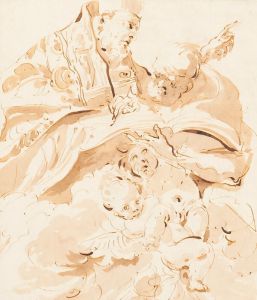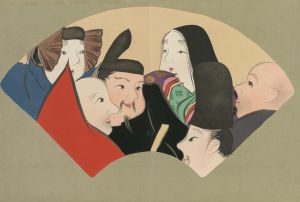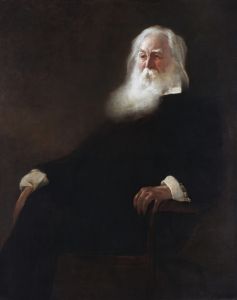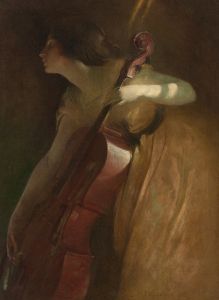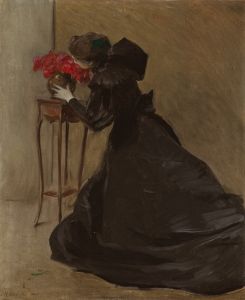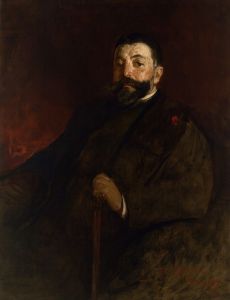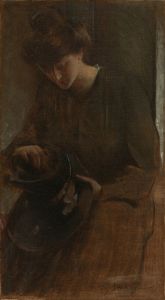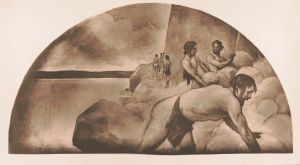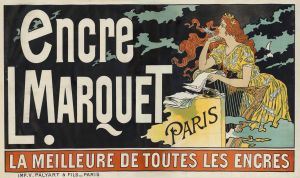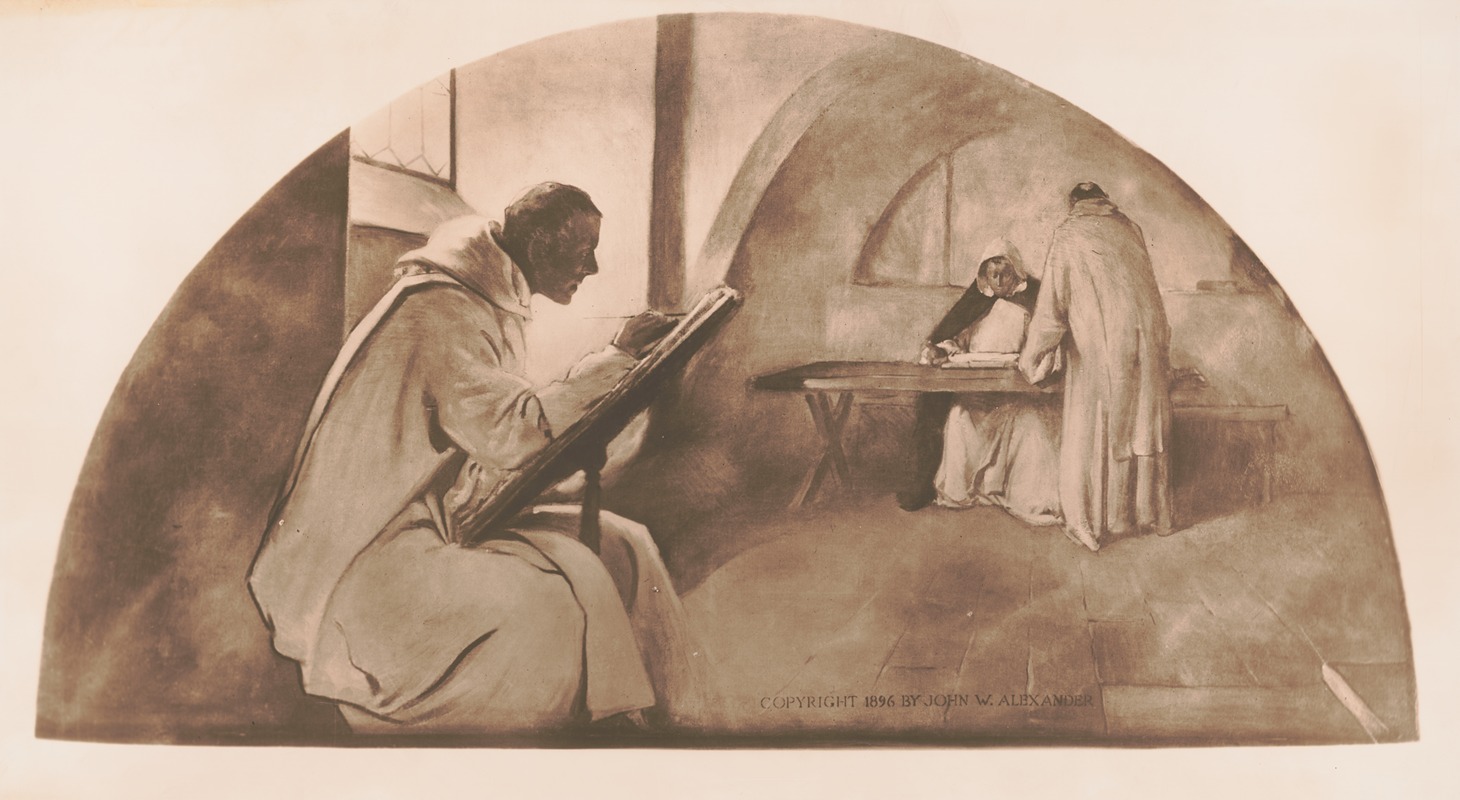
The manuscript book
A hand-painted replica of John White Alexander’s masterpiece The manuscript book, meticulously crafted by professional artists to capture the true essence of the original. Each piece is created with museum-quality canvas and rare mineral pigments, carefully painted by experienced artists with delicate brushstrokes and rich, layered colors to perfectly recreate the texture of the original artwork. Unlike machine-printed reproductions, this hand-painted version brings the painting to life, infused with the artist’s emotions and skill in every stroke. Whether for personal collection or home decoration, it instantly elevates the artistic atmosphere of any space.
John White Alexander was an American artist known for his portraits and decorative works, and "The Manuscript" is one of his notable paintings. Born in 1856 in Allegheny, Pennsylvania, Alexander became a prominent figure in the American art scene during the late 19th and early 20th centuries. He was particularly recognized for his elegant and fluid style, which often depicted women in contemplative poses.
"The Manuscript," painted in 1897, exemplifies Alexander's skill in capturing the grace and poise of his subjects. The painting features a woman seated with a manuscript, engrossed in her reading. This work is a testament to Alexander's ability to convey a sense of intimacy and introspection. The composition is characterized by its soft, flowing lines and a harmonious color palette, which are hallmarks of Alexander's style. The use of light and shadow in the painting adds depth and dimension, enhancing the contemplative mood of the scene.
Alexander's approach to portraiture was influenced by his time in Europe, where he studied and worked alongside other prominent artists of the time. He spent several years in Munich and Paris, where he was exposed to various artistic movements, including Symbolism and Art Nouveau. These influences are evident in "The Manuscript," where the emphasis on mood and atmosphere takes precedence over strict realism.
Throughout his career, Alexander was associated with several art institutions. He was a member of the National Academy of Design and served as its president from 1909 to 1915. His contributions to the art world were recognized with numerous awards and honors, and his works were exhibited widely in the United States and Europe.
"The Manuscript" is part of the collection at the Carnegie Museum of Art in Pittsburgh, Pennsylvania. The museum, which was founded by industrialist Andrew Carnegie, houses a significant collection of American and European art, and Alexander's work is an important part of its holdings. The painting is appreciated not only for its aesthetic qualities but also for its representation of the cultural and artistic milieu of the late 19th century.
John White Alexander's legacy as an artist is marked by his ability to capture the subtle nuances of human expression and emotion. "The Manuscript" remains a celebrated example of his work, reflecting his mastery of portraiture and his contribution to American art. Through his paintings, Alexander continues to be remembered as an artist who brought elegance and sophistication to the canvas, leaving a lasting impact on the art world.





